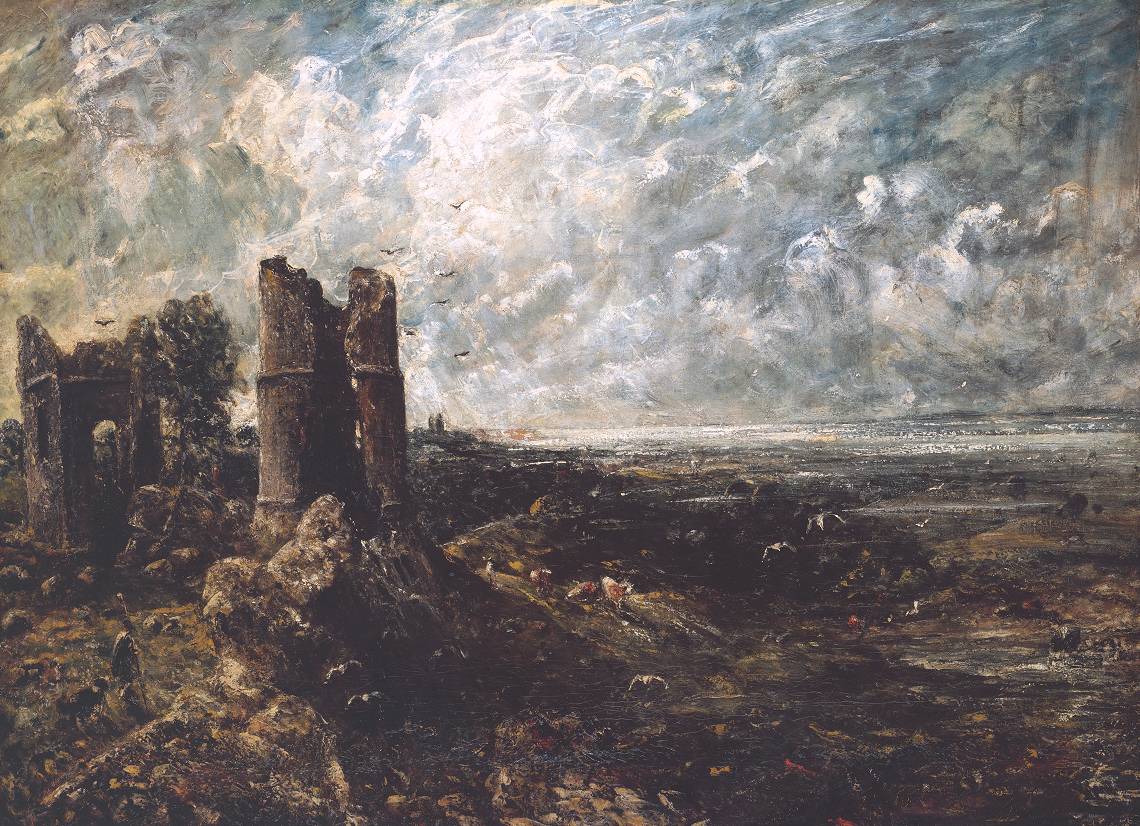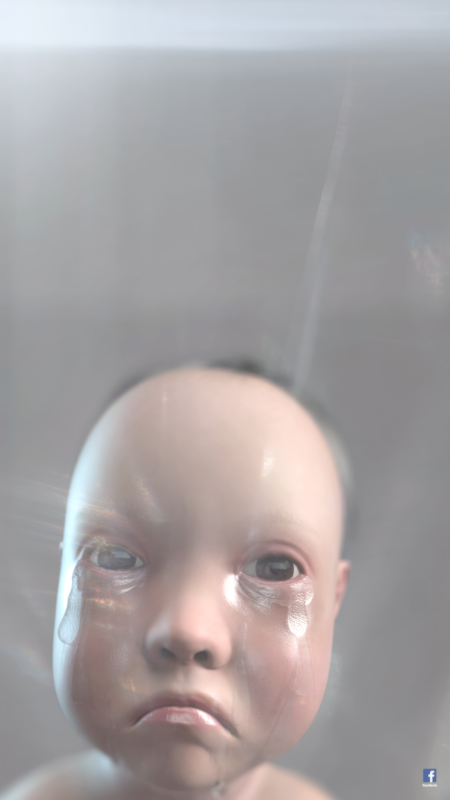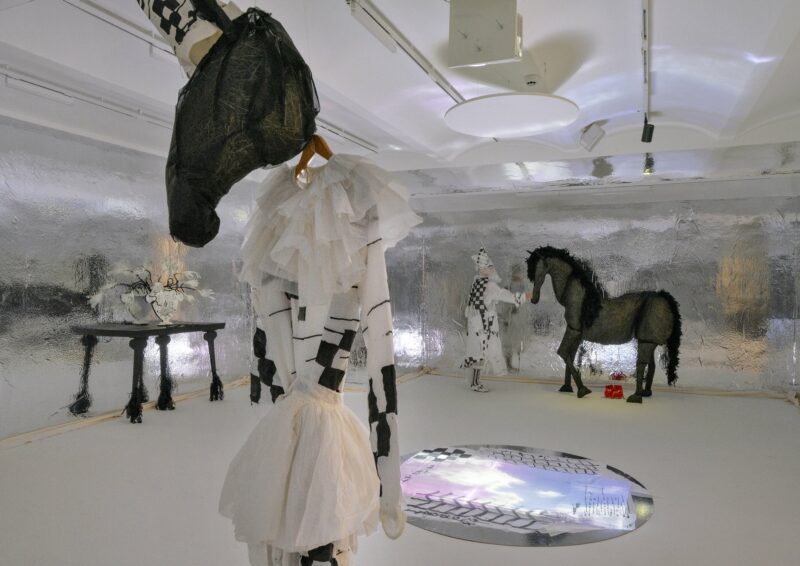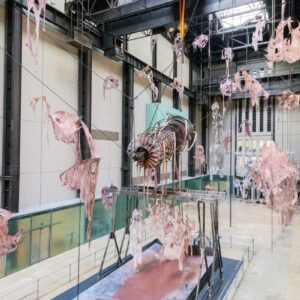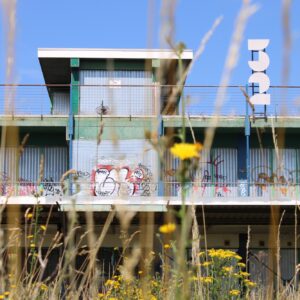John Constable: Sketch for ‘Hadleigh Castle’ circa 1828-9
Whilst some commercial galleries have closed in response to tough times, the institutional response tends to be to rotate shows more slowly, and to rely on re-presenting existing holdings rather than on securing loans. Thus Tate Britain’s ‘Ruin Lust’ (March-May) appeared to have been selected by the simple means of entering the term ‘ruin’ into the Tate’s collection’s data base. The current ‘Kenneth Clark: Looking for Civilisation’ (to 10 Aug) isn’t quite like that, but a high proportion is from the Tate or the National Gallery. Indeed, one painting made it into both shows. Fortunately, Constable’s ‘Hadleigh Castle’ was a double highlight. It sat well in ‘Ruin Lust’ because it gets at incompletion from both directions: as a sketch, it’s prior to Constable’s full realisation of his vision; and as a building it’s been uncompleted by time. ‘Looking for Civilisation’ demonstrates Clark’s tastes through what he bought, commissioned or wrote about, and he cited Constable’s oil sketch as the refutation of those who asked why British painters were ‘charming and decorative no doubt, but entirely lacking in the passion and dramatic power of our literature’(in The Listener, 1937. Other lordly choices include swathes of Sutherland, Moore and Piper and some fine early Pasmores from a period when Clark paid him a salary by way of encouragement. ‘Evening Star’ is a landscape which anticipates aspects of the abstract turn, contrary to Clark’s tastes, which Pasmore would soon take.
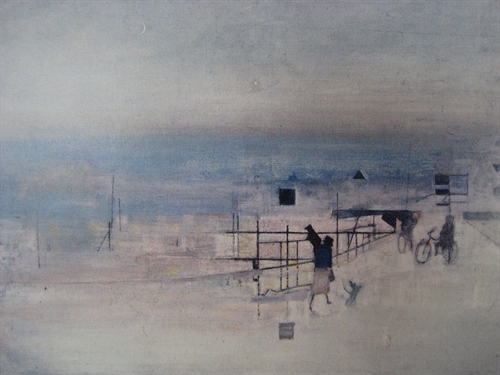
Victor Pasmore: ‘The Evening Star: Effect of Mist’, 1946-7
Most days art Critic Paul Carey-Kent spends hours on the train, traveling between his home in Southampton and his day job in Surrey. Could he, we asked, jot down whatever came into his head?
